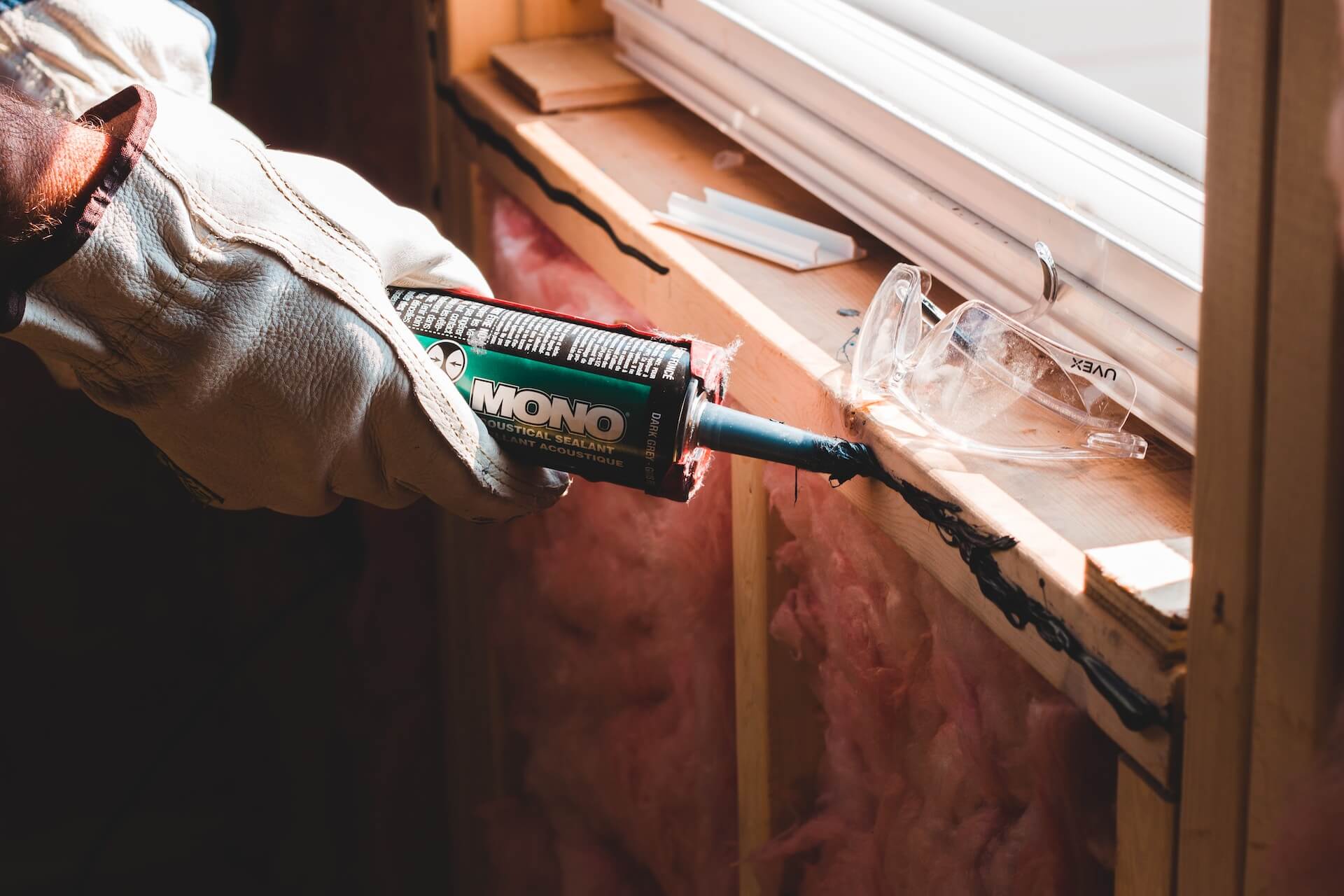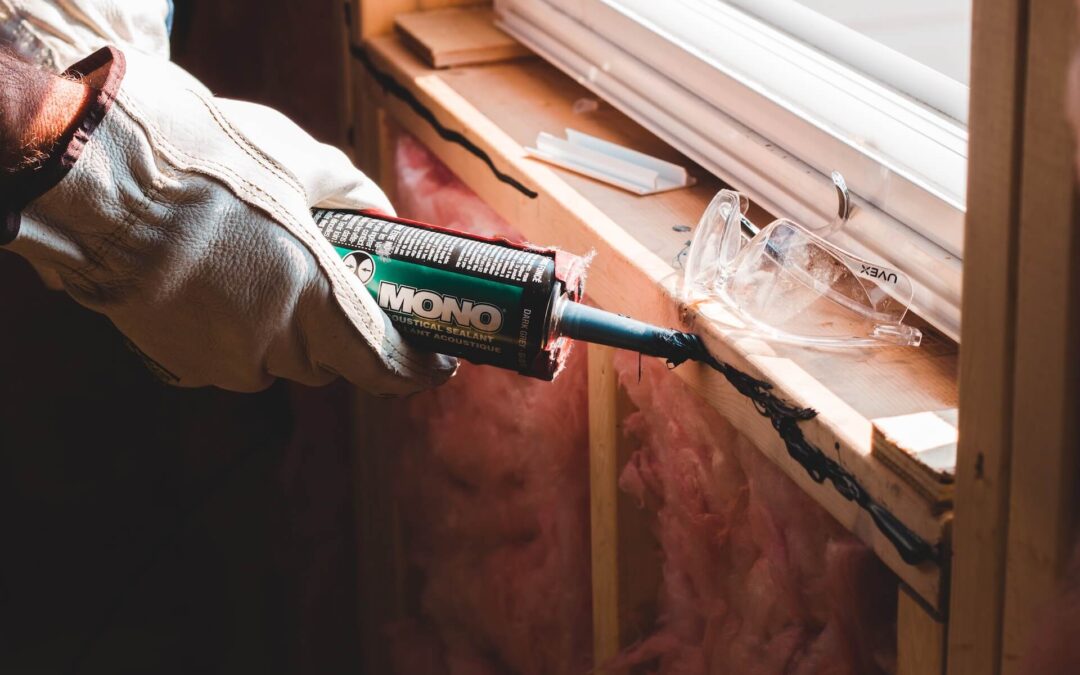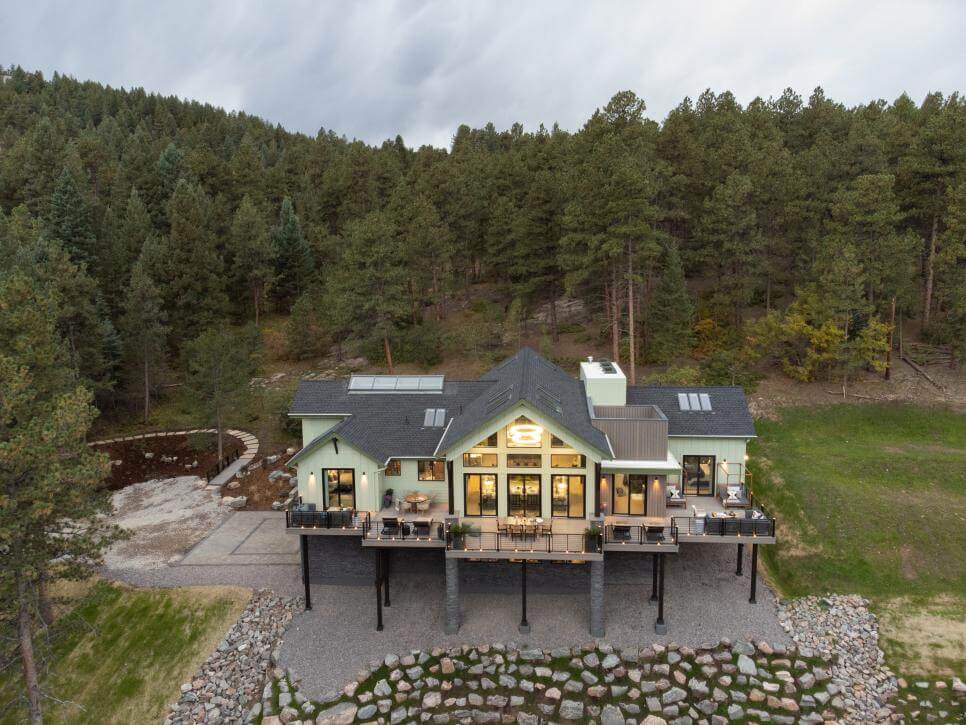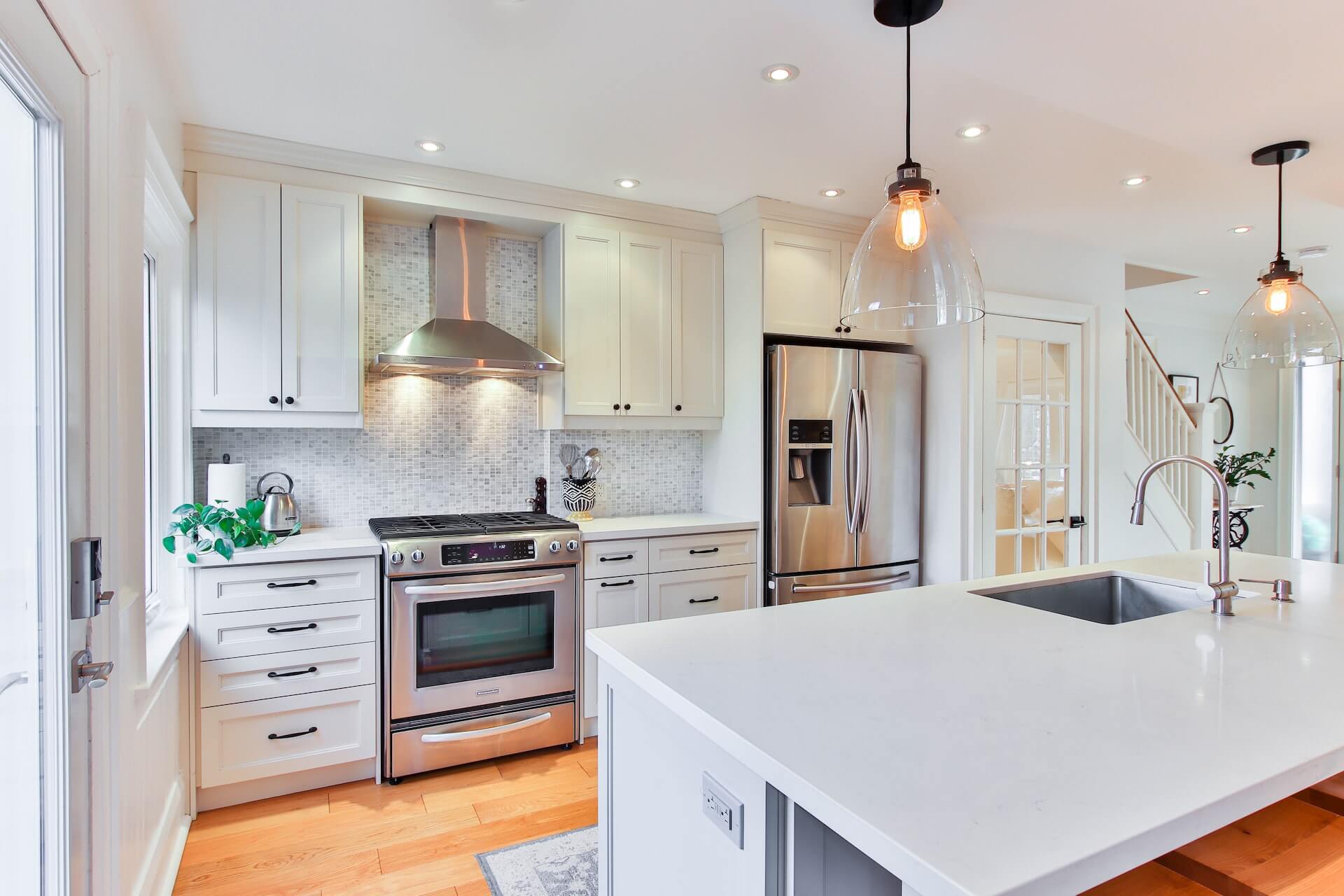Most of us have watched TV shows like This Old House and other home improvement programs. While the professionals featured on these shows make it look easy, there are plenty of home improvement lessons that we can learn just by watching them tackle jobs like painting, installing decking, and even putting up ceiling fans.
After three decades of renovating homes on TV, the This Old House crew has plenty of experience to share with homeowners and DIY enthusiasts around the world. Here are some of their best tips for making your home more beautiful, comfortable, and energy efficient.
An Old House is Worth Restoring
When TOH first came out, it was usual practice to demolish entire city blocks to make place for new development. The first project we ever worked on is located in the district of Dorchester in Boston. It proved that a broken and old home could be renovated into a modern, one-of-a-kind dwelling that not only increases the value of the surrounding area but also enriches it with history and personality.

Image taken from the This Old House website.
Utilize Sunlight, but be Cautious of it
Passive solar heating can be maximized by positioning an extension in the right spot in the yard. Don’t forget to make use of overhangs, awnings, and strategically positioned trees this summer to keep cool. We make sure to select high-efficiency windows that let an abundance of light in to provide a positive and open environment that does not let the heat build inside the home. We have repeatedly and successfully demonstrated it at the 1999 Key West House Project.
Color Adds Cost Effective Elegance
One example of working on a tight budget came during the 2006 renovation of Brick Rowhouse 1879, present in Washington, DC. One of the ways to add extra beauty at no cost at all is to choose the right and bright colors for the project. This area of Washington DC features vibrant colors all over the place, making it stand out uniquely and excellently pleasing to the eyes.
Curb Appeal Modifications Can be Tremendous
If you fix up a prominent part of your home’s exterior, you’ll be helping out your neighbors and adding value to your property. The front porch of the Wayland house, built in 1815 and listed on the National Register of Historic Places, was restored by Norm Abram and Tom Silva in 1991. This restoration could be as simple as repainting the front door or as complex as replacing a missing architectural element.

Insulate for Comfort
Retaining the heat inside the house is a must-have need during the winters and outside during the summers to create a comfortable living environment. The East Boston Project in 2006 used a range of insulation materials such as fiberglass, which is in the blanket form of insulation; cellulose which is mostly made from recycled paper; and mineral wool which is also a recycled material that includes all kinds of clothing and other recycled material. Insulation helps in saving money while adding a layer of comfort to the house.
Commercial Products Bring Flair to Homes
In 1998, our San Francisco clients converted a 1906 church into a residence, and they outfitted it with eye-catching (and functional) furnishings more commonly seen in commercial settings. Foot-operated faucets, hefty marble wainscoting recovered from a bank, industrial light fixtures, and more were all placed in the bathrooms.
At the same time, a commercial-grade blackboard was put up in the kitchen for use in making lists and jotting down recipes. The pair even took inspiration from one of their favorite eateries when designing the kitchen.
This Old House TV show has been on the air since 1979, making it America’s longest-running home improvement show. They’ve taught us how to repair drywall, install carpeting, and paint houses in all kinds of crazy situations. Home improvement isn’t always easy or fun, but hopefully, these lessons we’ve learned from the show will help make it easier!
This post contains affiliate links, which means we may receive a small commission, at no additional cost to you, if you make a purchase through these links.
Photo by Erik Mclean on Unsplash
More Reads














